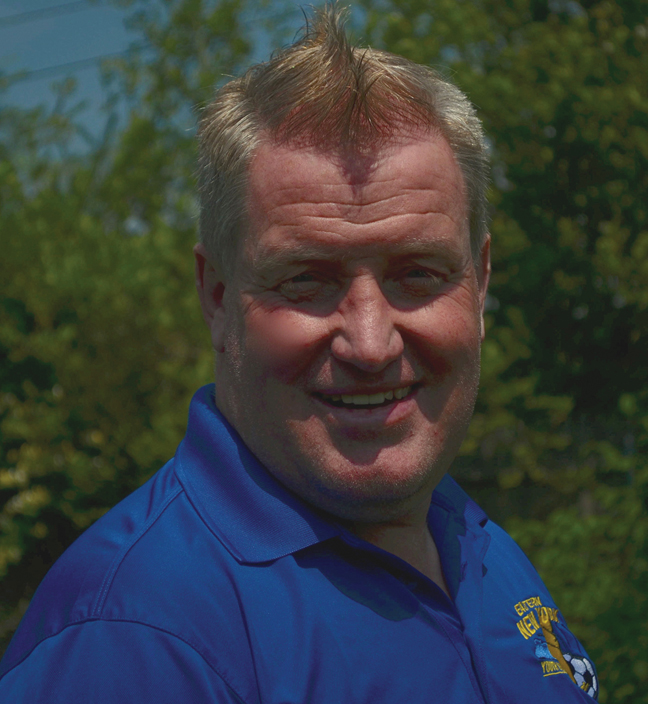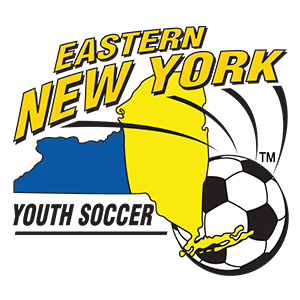By Tim Bradbury, Director of Coaching, Eastern New York Youth Soccer Association

I spend an enormous amount of time and energy in discussions with coach educators, coaches, and parents about player development. Many of these conversations start with defining what player development is, then evolve to best practices in the arena and conclude with all the hurdles that get in the way.
Player development is the umbrella phrase that is used to describe the philosophy, behavior, and attitude of a coach who believes teaching players the skills and key game concepts to a player that may lead to a lifelong love for the game is more important than winning.
Best practices involved in helping player development include all below.
- Developmentally-appropriate activities and practices.
- Connecting with players as people first and athletes second.
- Displaying a genuine interest in their well-being and level of enthusiasm
- Enormous amounts of ball-rolling time and player engagement in a practice.
- Detailed feedback and demonstration of the fundamental skills of the game.
- Variety of methods used by the coach to help inspire new levels of enthusiasm.
- Good understanding of the idea that winning and player development do not mean the same thing.
- Greater pleasure over skills performed and passes played in a row plus key concepts displayed, for example switching the point of attack and creating a 2v1 on the weak side than winning.
- Appropriate game format and rules. Why have throw-ins if the players are unable to control a bouncing ball?
- A coach who understands that players must be taught to read and understand the game and make decisions when they play with a deep belief that telling them what to do as they play prevents them from thinking.
- A coach who constantly reminds parents that developing skills and competing are key to long-term development and sports for life.
- A coach who understands that sometimes rest is more important than having another practice.
The two most important factors that negatively impact player development are the win-at-all-costs culture that prevails in youth sports and coaches who feel that winning is what they must do before all else.
A prime example of this is the “trickler” pass seen in the second season of 7v7. Where a large number of teams ask their goalkeepers to roll out a very slow pass so that the nearest attacker (yes, they are all attackers as they have the ball) whacks it as far as they can. What a great way to destroy a developmental idea like the build-out line.
Throw-ins are another classic example where most teams throw the ball down the line to one attacker surrounded by four defenders. A throw-in is a restart of a game where the team taking it should be able to keep possession and form another attack.
We must all do more to ensure that our youth players are in environments where they can learn and perform the skills and key concepts of the game. It is at this point that they begin to love playing and sport for life becomes a real possibility.


